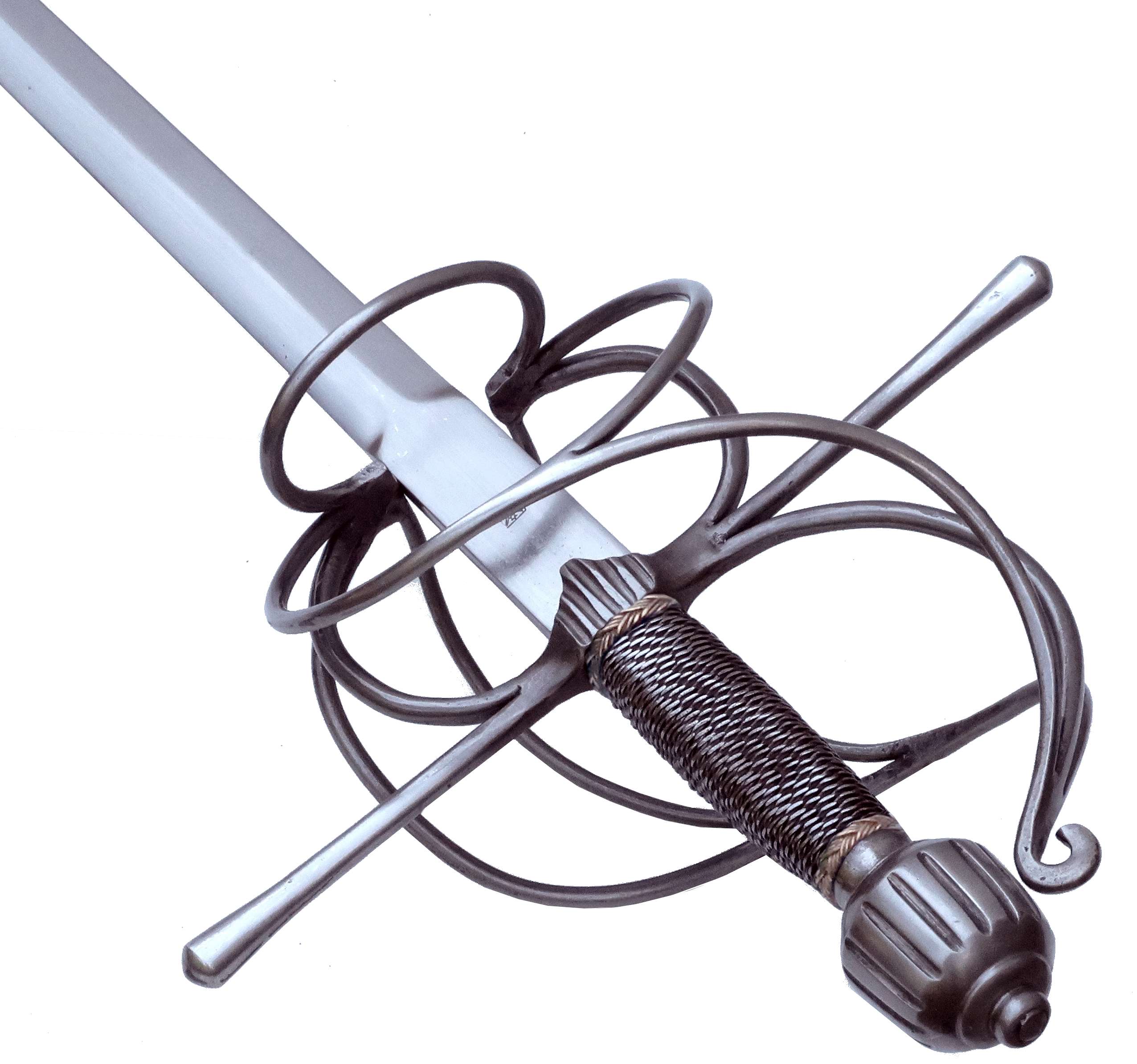
Spada da lato
The original Italian edition of Di Grassi (Venice, 1570), for instance, was written in the tradition of the Bolognese spada da filo or spada da lato (side-sword or short sword / "cut and thrust").

Rapier (Spada a Striscia) La Spada Perfetta
Side Sword aka Spada Da Lato (in Italian) is a sword that sits between a medieval one handed arming sword and late 16th century rapier. The transition from a classical knightly sword with a wide cutting blade and a straight guard into a thrusting weapon with a slender blade and a complex hilt that covered the whole hand didn't happen overnight.

Pin su Arms & Armor
The spada da lato (Italian) or side-sword is a type of sword popular during the late 15th and early 16th centuries. It is a continuation of the medieval knightly sword, and the immediate predecessor of the rapier ( espada ropera) of the early modern period. Side-swords were sometimes used concurrently with rapiers for military applications.
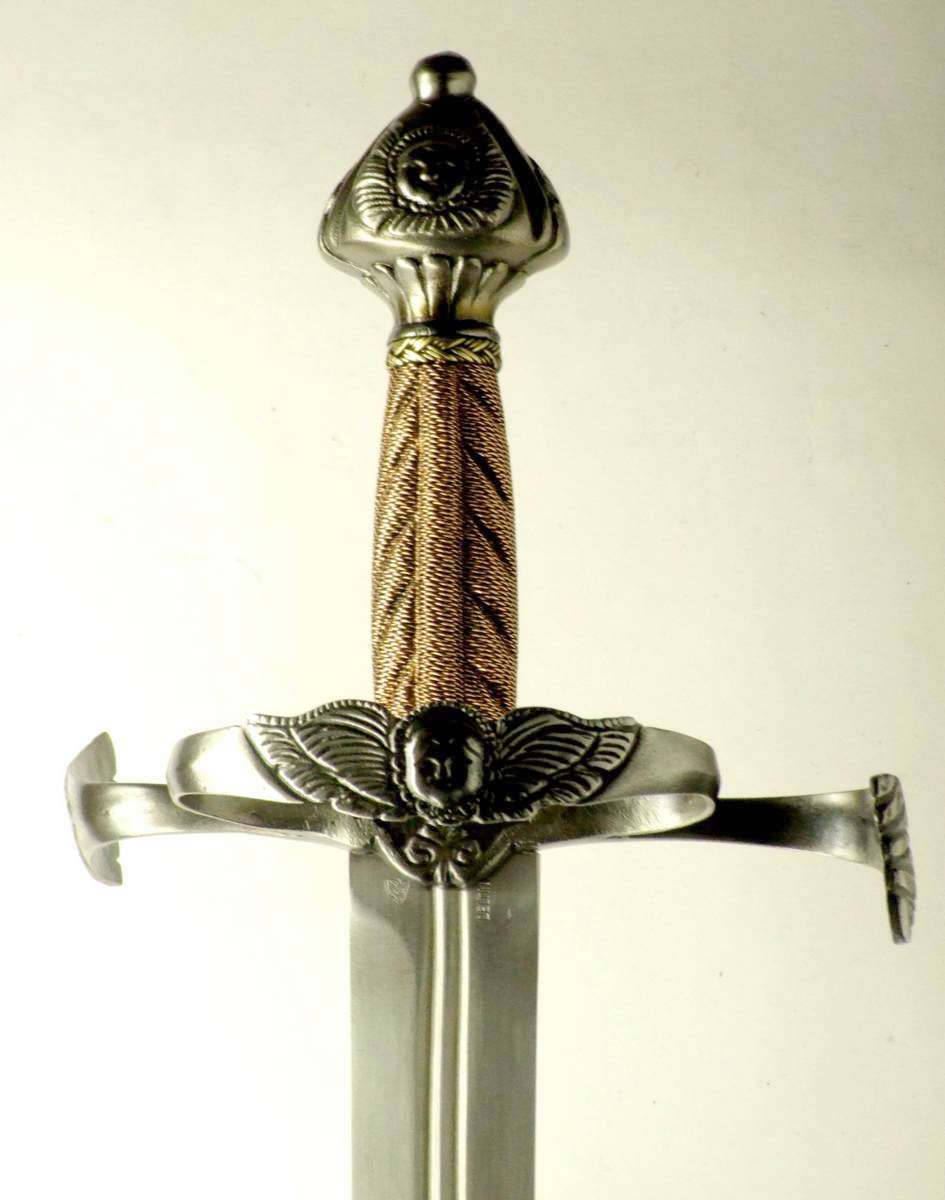
spada da lato
This particular sword is meant to fill the niche for a training spada da lato, or "side sword", a non-period name for Renaissance weapons that fall somewhere in function between the classic single-handed cutting sword and the later thrust-oriented rapier.
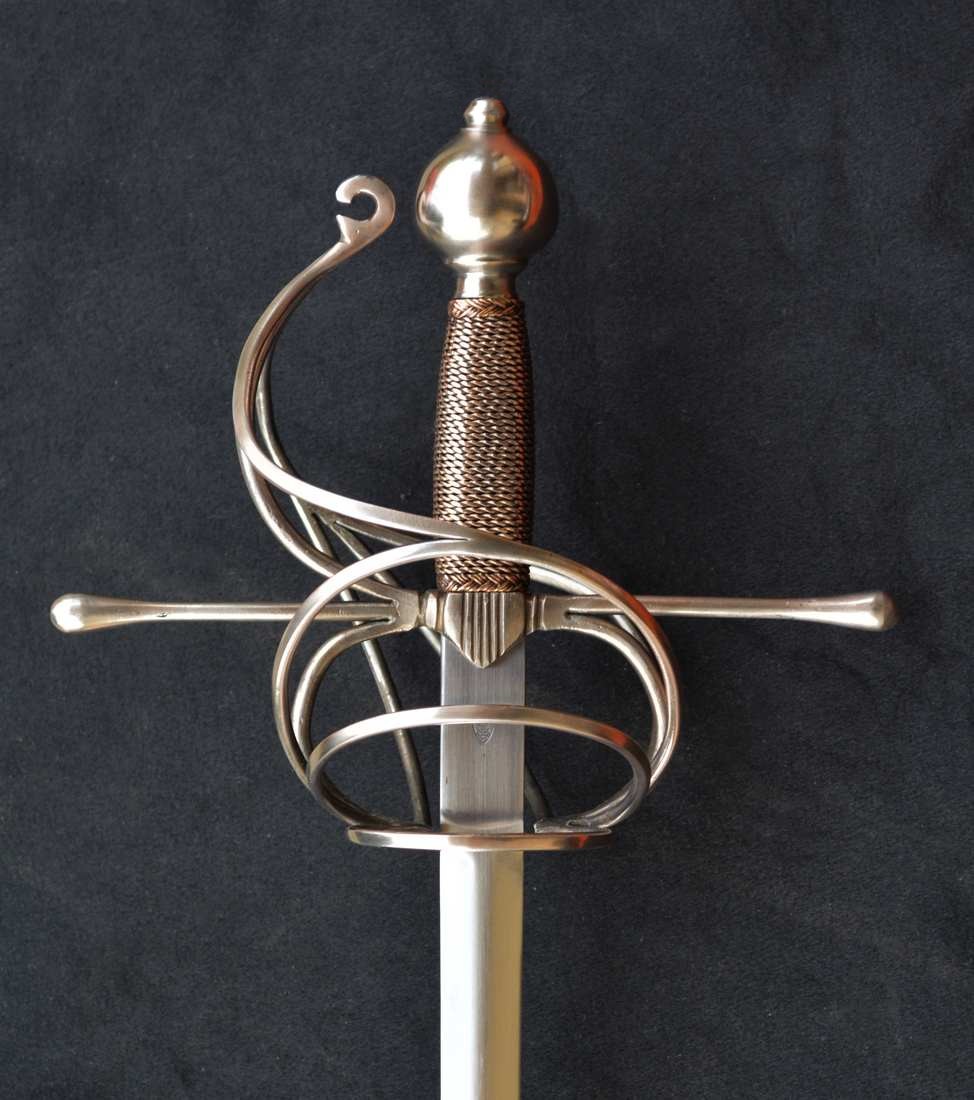
Spada da lato
However, the 16th century Italians did sometimes distinguish between spada da cavallo, or a blade for horsemen, spada da fante, an infantry sword for foot-soldiers, and later spada da lato (side sword), a civilian cut-and-thrust sword, a form of which only later became the rapier (in modern times sometimes called a stricia).
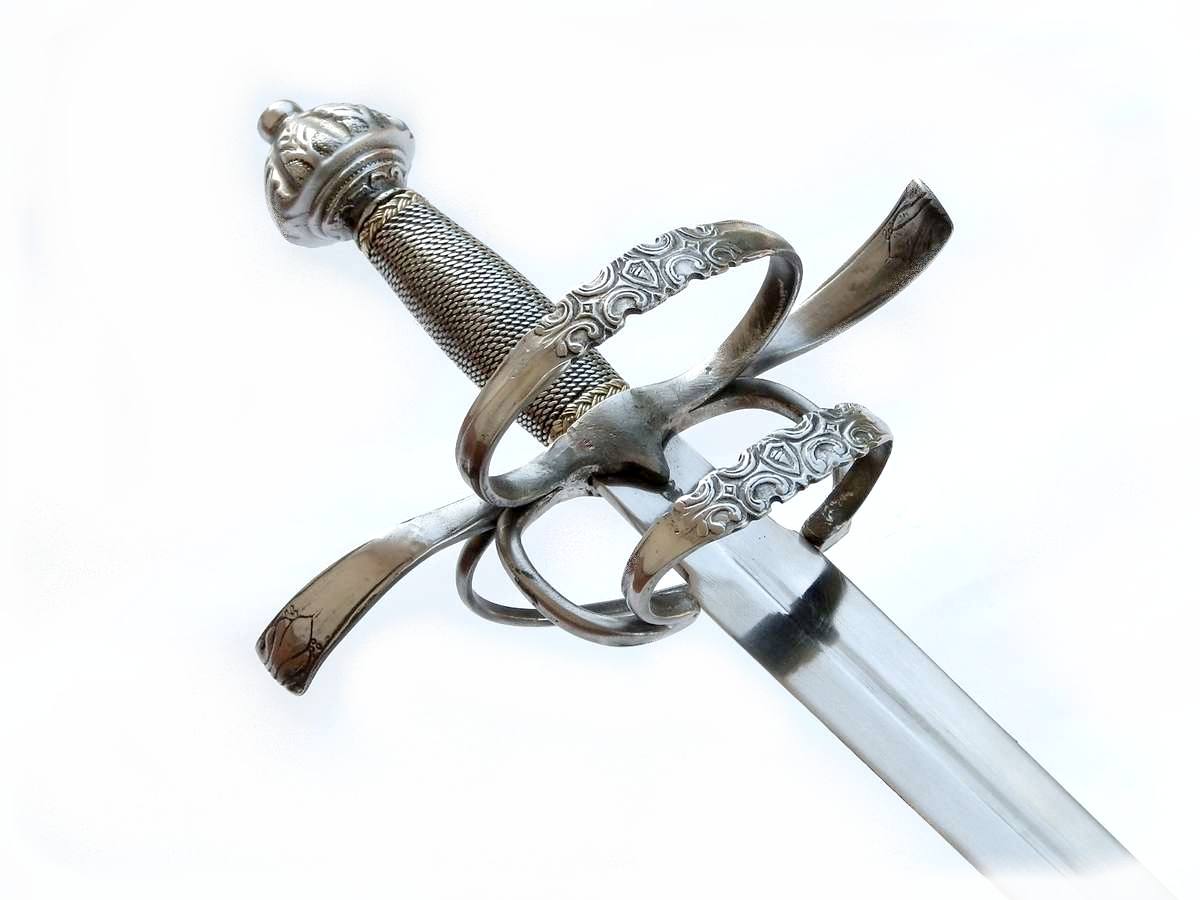
spada da lato secolo XVI
The spada da lato (Italian) or side-sword is a type of sword popular during the late 15th and early 16th centuries. It is a continuation of the medieval knightly sword, and the immediate predecessor of the rapier ( espada ropera) of the early modern period. An early rapier or "side-sword" on exhibit in the Castle of Chillon.
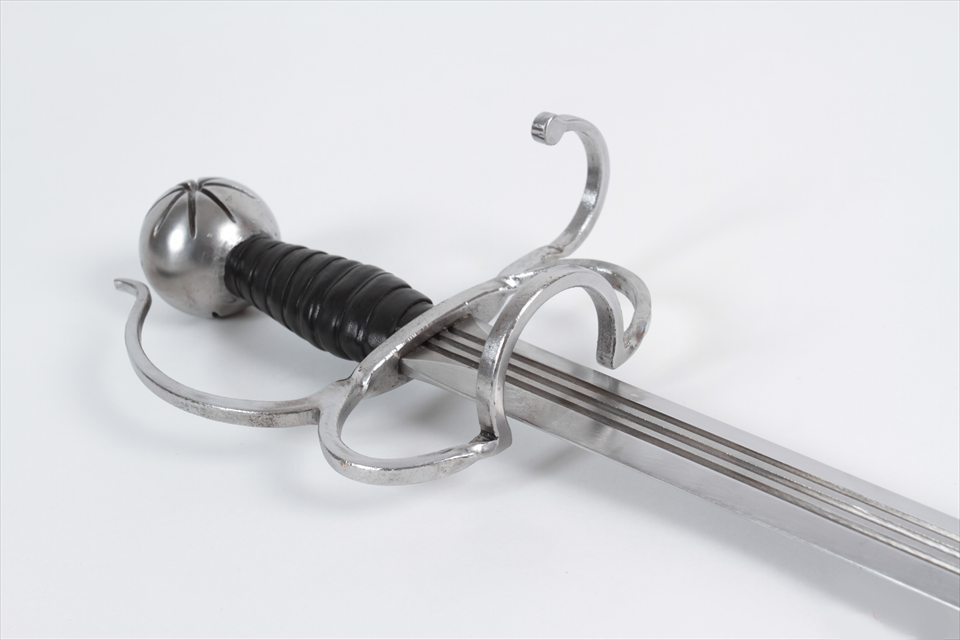
Sidesword "Spada Da Lato" Hema Supplies
The Dardi school of fencing with the spada da lato was one of the influences of the early modern style of fencing . Renaissance to Baroque period One of the earliest known Italian treatises on swordsmanship and other martial arts is the Flos Duellatorum (Fior Di Battaglia/The Flower of Battle) written by Fiore dei Liberi around 1409.

Spada da lato Оружие
The spada da lato or "side-sword" is the Italian term for the type of sword popular during the late 16th century, corresponding to the Spanish espada ropera. It is a continuation of the medieval arming sword and in turn the predecessor of the rapier of the Early Modern period. Its use was taught in the Dardi school of Italian fencing, influential on 17th century rapier fencing. They were ideal.
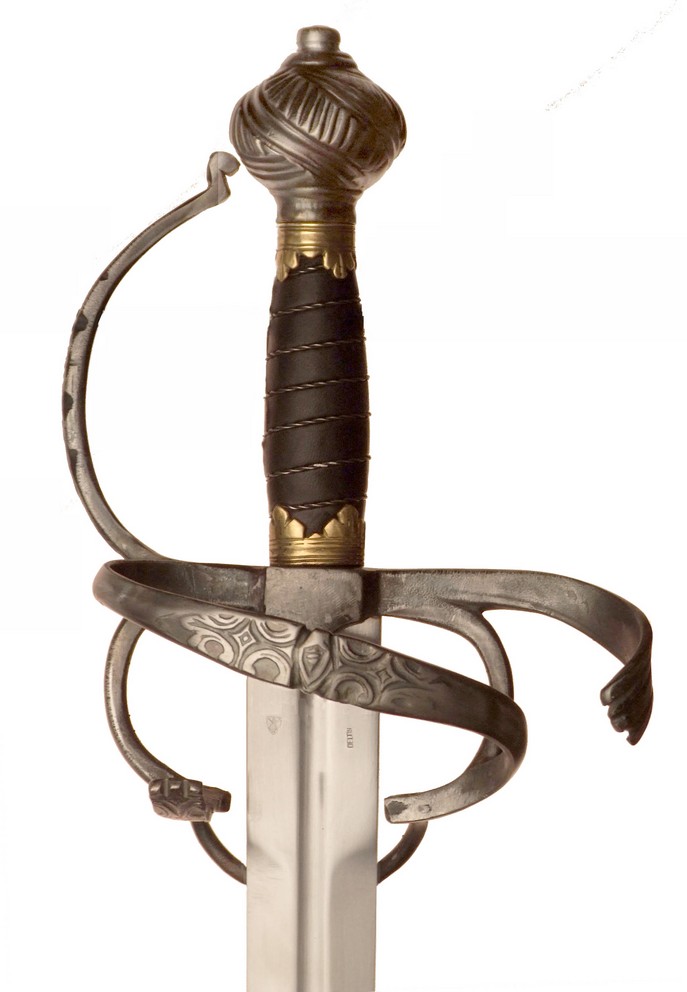
Spada da lato
(The term side-sword, used among some modern historical martial arts reconstructionists, is a translation from the Italian spada da lato —a term coined long after the fact by Italian museum curators—and does not refer to the slender, long rapier, but only to the early 16th-century Italian sword with a broader and shorter blade that is.
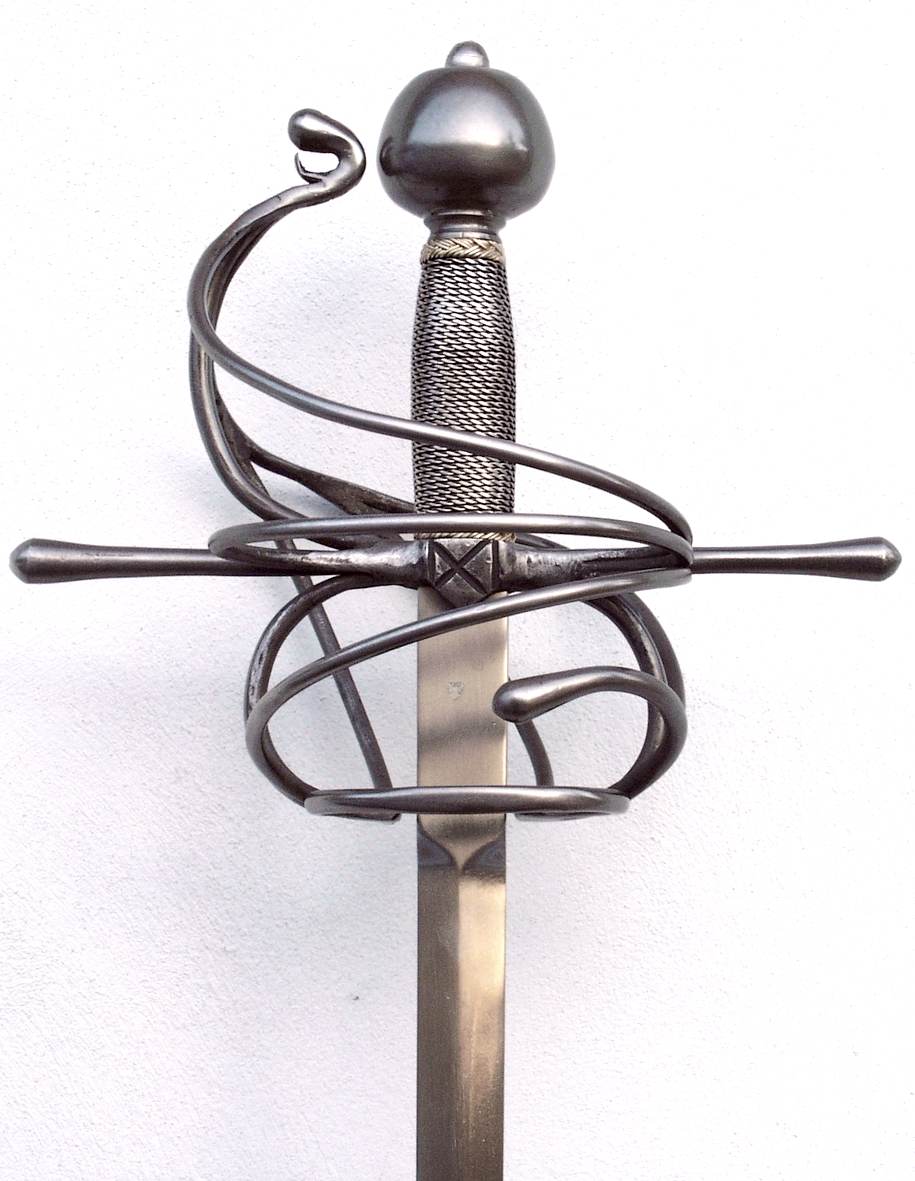
spada da lato secolo XVI
Originally called the espada ropera and evolving from the spada da latoside-sword, the rapier sword was the preeminent dueling weapon during the 16th to 17th centuries. It developed in a time where significant class change was occurring in Europe and the wearing of a sword became both for self-defense and for fashion by nobles and civilians alike.
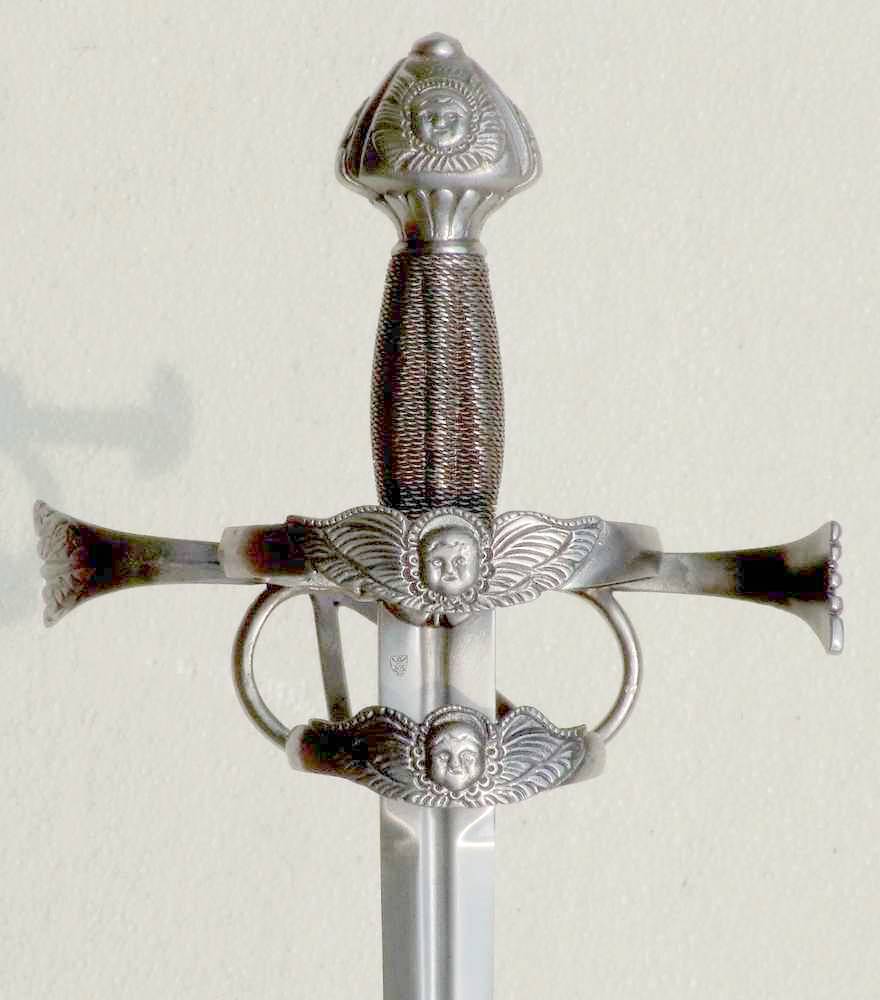
spada da lato secolo XVI
This cut-and-thrust sword is identified as a Spada da Lato or Side Sword - a variant intended for civilian defense. It is made by Del Tin of Italy, and has an unsharpened blade ground from Chrome-Vanadium steel and tempered to a Rockwell Hardness of 50. The blade is peened to the pommel and ensconced within a complex hilt of darkened, cast steel.
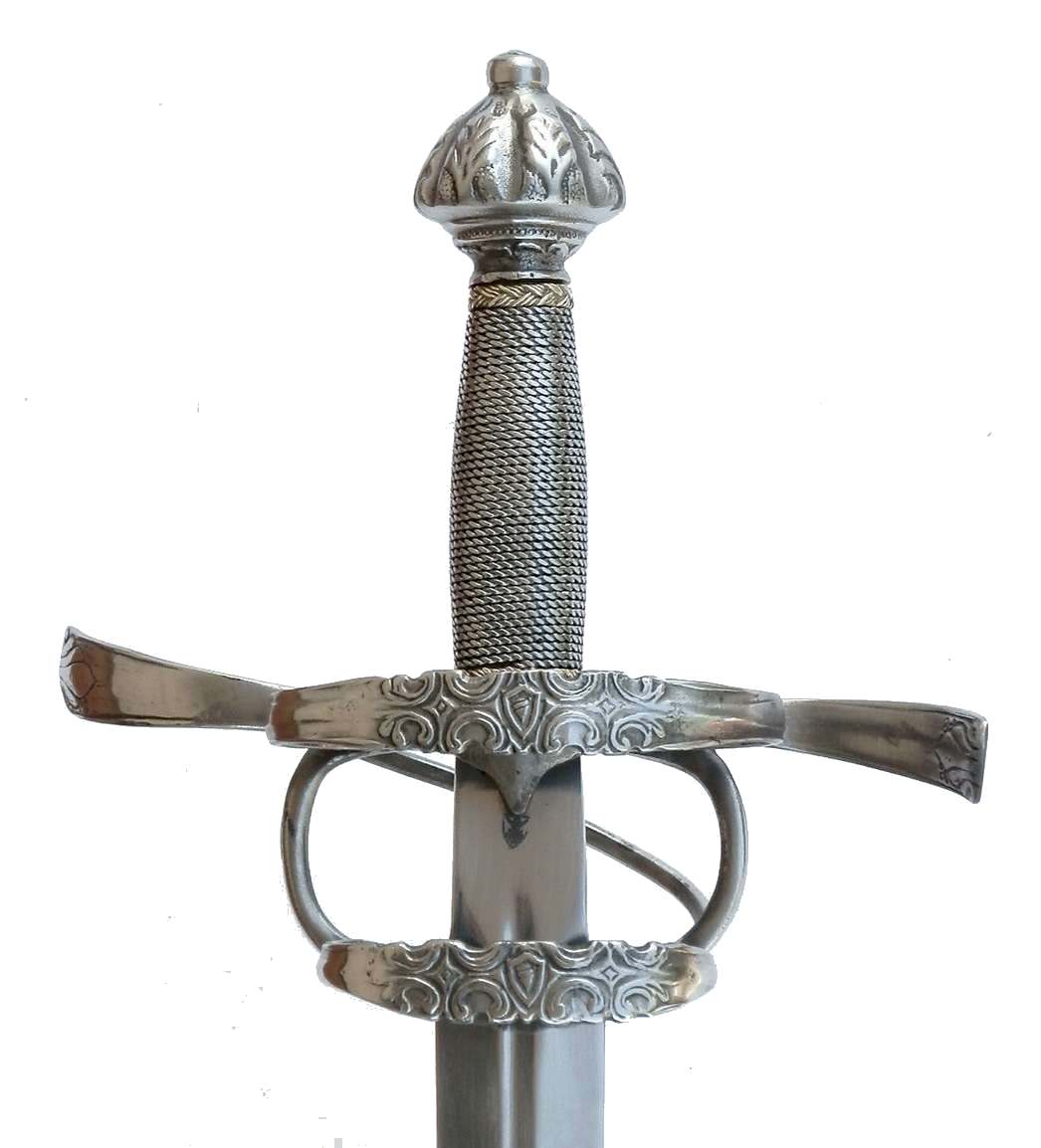
spada da lato secolo XVI
The 'spada da lato' or side-sword is a type of sword popular during the late 16th century. It is a continuation of the medieval arming sword, and the immediate predecessor of the rapier of the Early Modern period. Two-edged blade and steel point with hexagonal section. Brass-plated metal, finely chiseled with figures and foliage, slightly.

Spada da lato
The Rapier (Spada/Spada da lato a Striscia) C.1600 Rapiers, Dagger and a "Welsh" Buckler - Royal Armouries, Leeds, UK The sixteenth century saw a transformation in the single-handed sword, both in its form and in its use. It was increasingly worn by civilians, as a fashion accessory and as a dueling weapon.
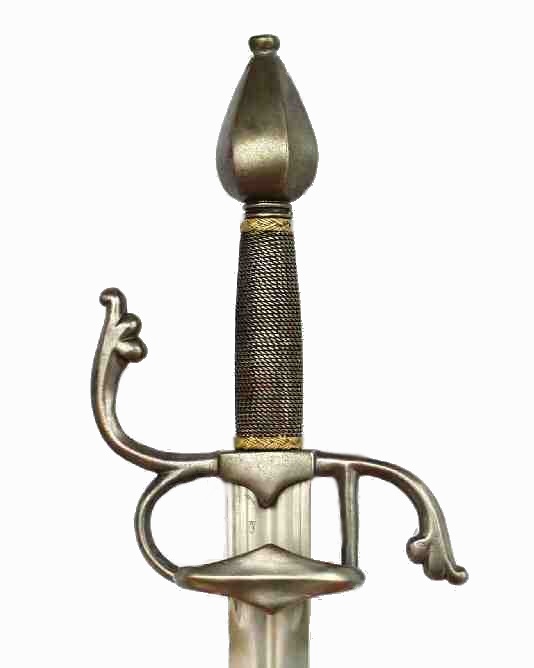
Spada da lato
(The term side-sword, used among some modern historical martial arts reconstructionists, is a translation from the Italian spada da lato—a term coined long after the fact by Italian museum curators—and does not refer to the slender, long rapier, but only to the early 16th-century Italian sword with a broader and shorter blade that is.

spada da lato
The basket-hilted sword was a cut and thrust sword which found the most use in a military context, contrasting with the rapier, the similarly heavy, thrust-oriented sword most often worn with civilian dress which evolved from the espada ropera or spada da lato type during the same period. The term "broadsword" was used in the 17th and 18th.
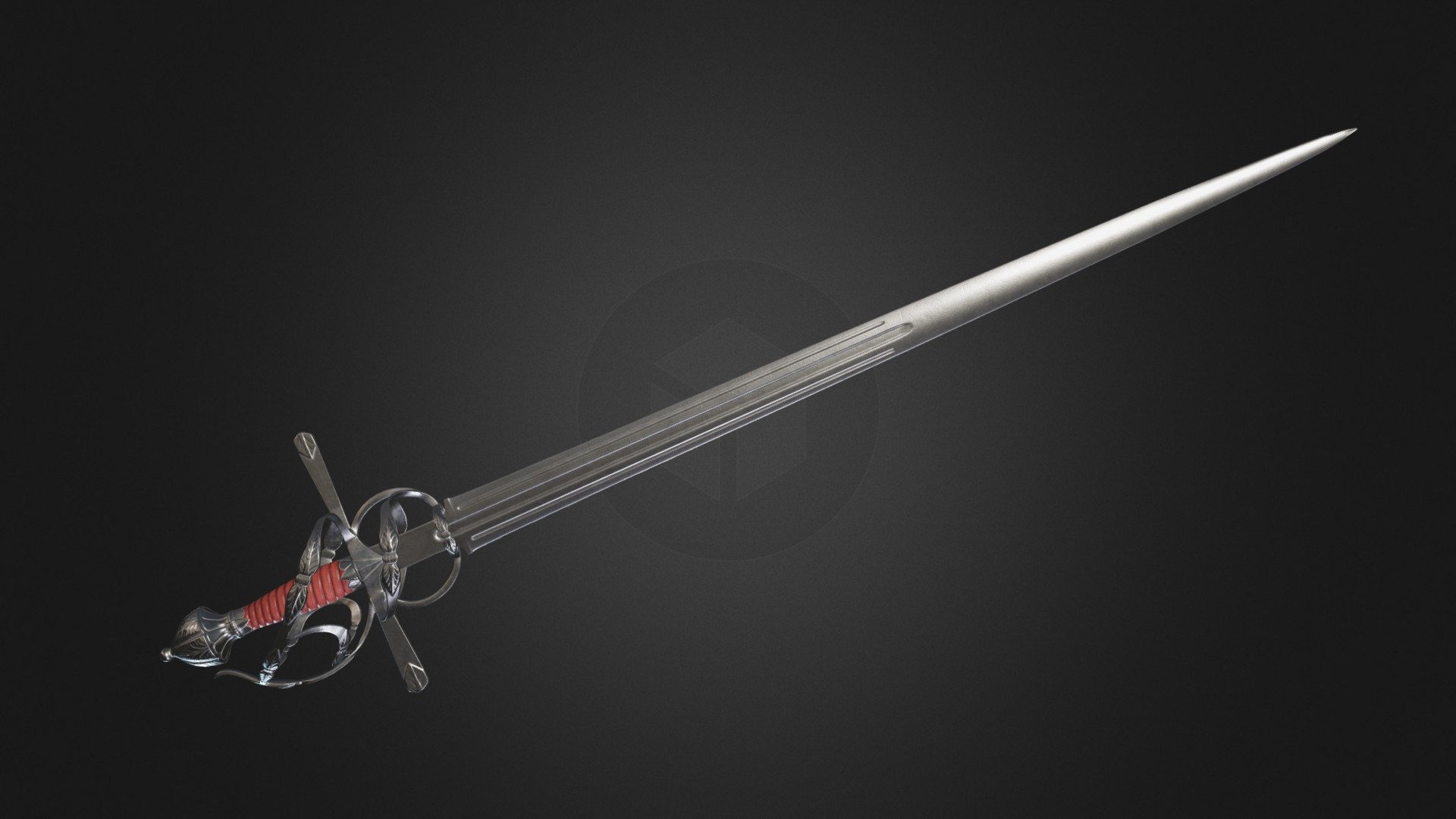
Spada da lato 3D model by NecroRise (Necro.Rise) [87d056c] Sketchfab
This cold weapon was one of the most powerful edged weapons ever produced in history. Spadone was used between the 15th and 17th centuries, most notably in the Swabian War (1499), Italian Wars (1494-1559), and German Peasants' War (1524-1525). A typical spadone weighed 5.7 lbs (2.6 kg) and had a length of up to 79 inches (200 cm).